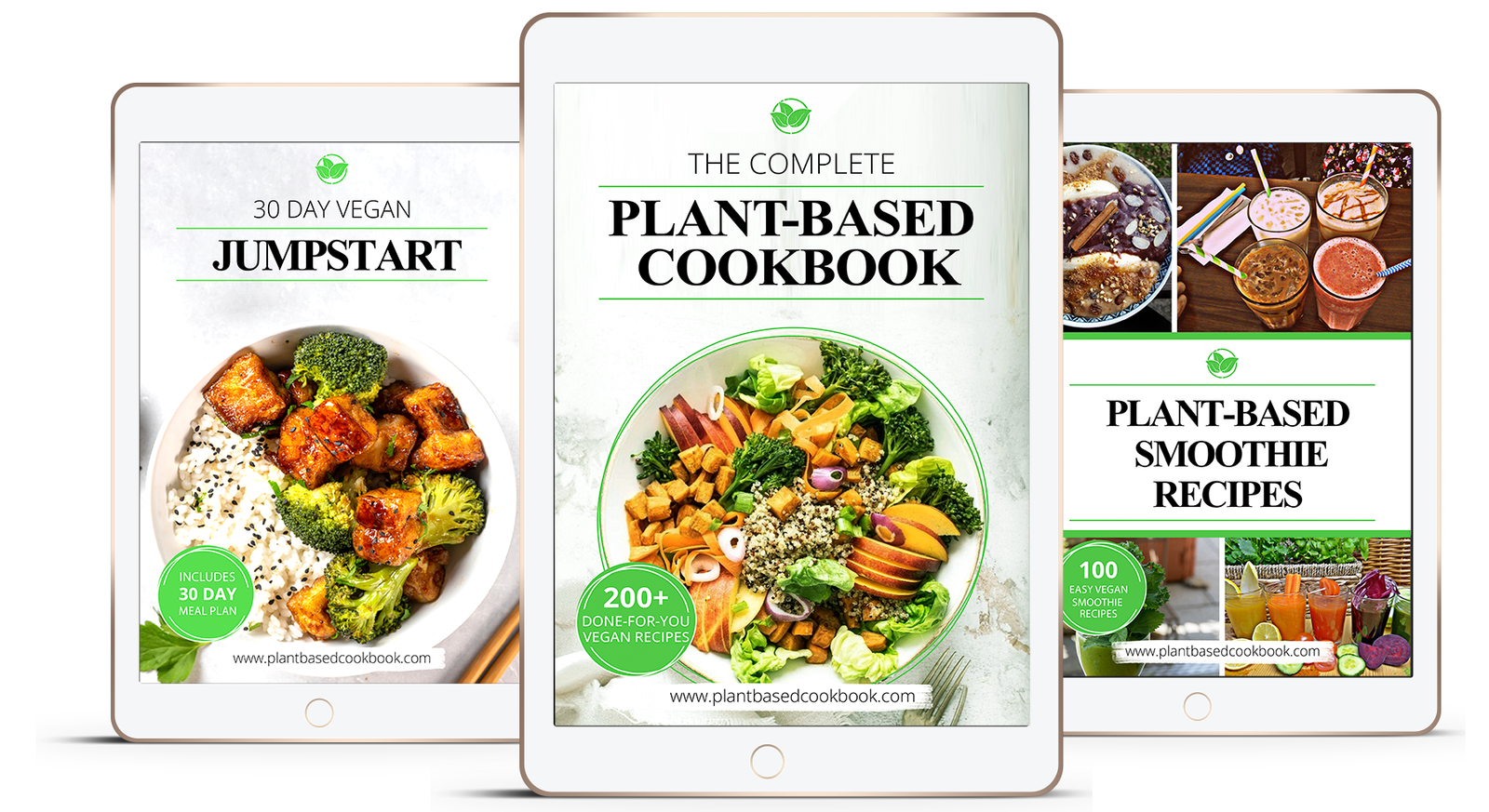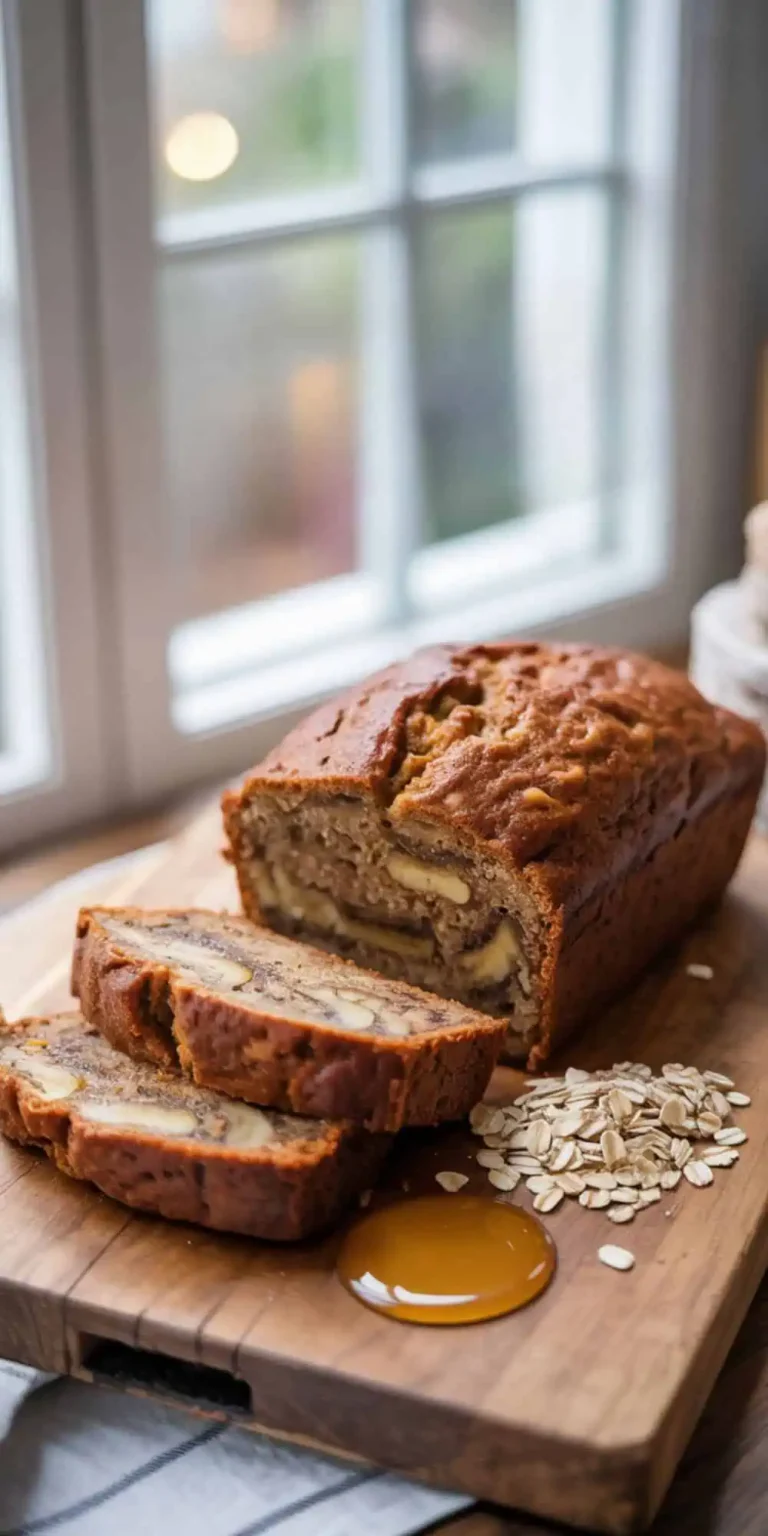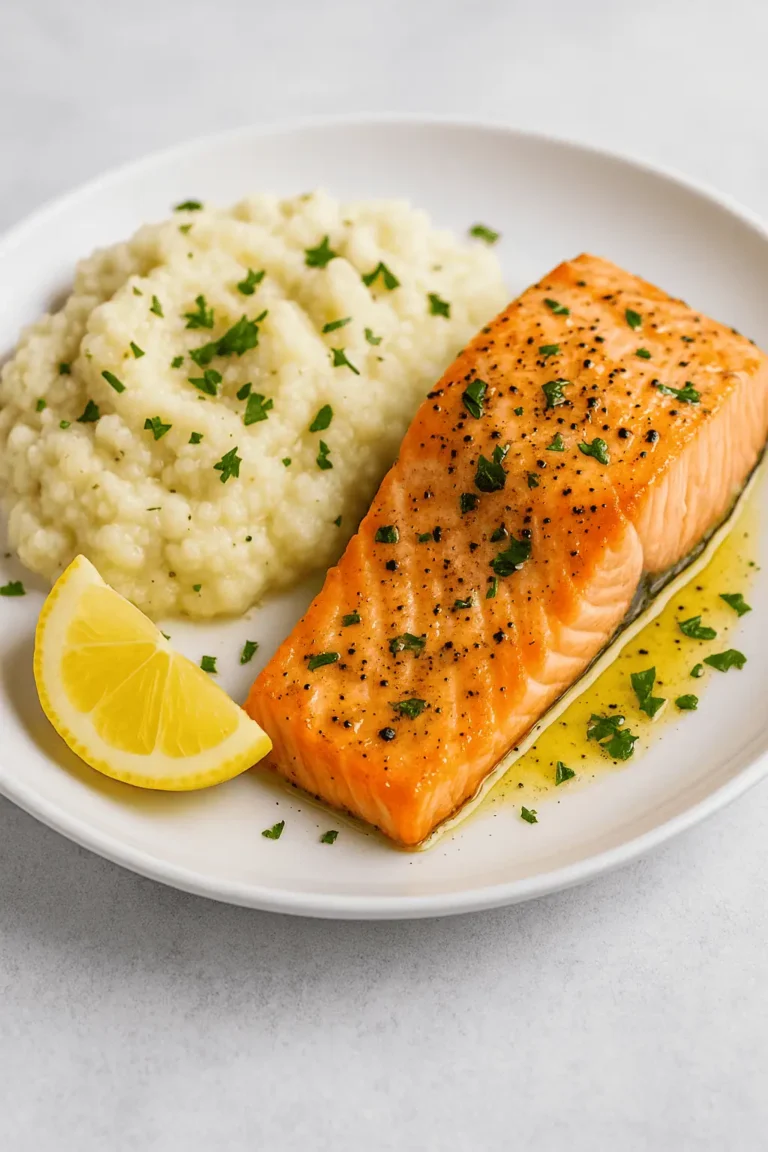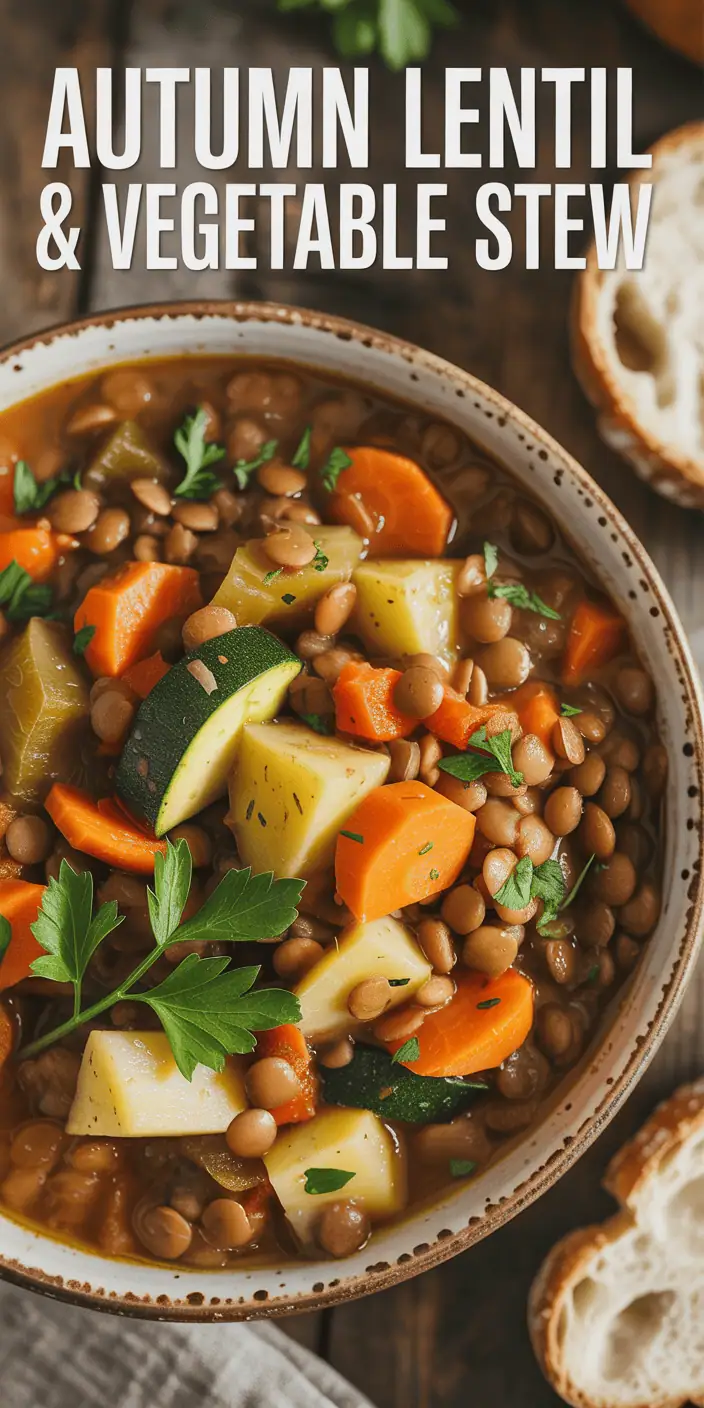(Hey! Some links in this post may be affiliate links — meaning I may earn a small commission if you buy through them, at no extra cost to you. As an Amazon Associate, I earn from qualifying purchases. I only share products I genuinely love and think you’ll find useful too. Read the full disclosure here).
As autumn comes, you might be searching for tasty, healthy dips to share with loved ones. Roasted Butternut Squash Hummus is a great pick, adding a new flavor to the classic chickpea dip.
This nutritious dip mixes the sweetness of roasted butternut squash with chickpeas’ creaminess. It’s a fantastic snack or appetizer. Our recipe is simple and full of nutrients, perfect for boosting your wellness.
Contents
- 1 The Appeal of Roasted Butternut Squash Hummus
- 2 What Makes Butternut Squash Perfect for Hummus
- 3 Essential Ingredients for Roasted Butternut Squash Hummus
- 4 Kitchen Equipment You’ll Need
- 5 Preparing Your Butternut Squash
- 6 Step-by-Step Recipe for Roasted Butternut Squash Hummus
- 7 Flavor Variations and Add-ins
- 8 Serving Suggestions for Your Homemade Hummus
- 9 Storing and Preserving Your Hummus
- 10 Troubleshooting Common Hummus Problems
- 11 Nutritional Information and Dietary Considerations
- 12 Conclusion
- 13 FAQ
- 13.1 What are the health benefits of Roasted Butternut Squash Hummus?
- 13.2 Can I make Roasted Butternut Squash Hummus without tahini?
- 13.3 How do I achieve the right consistency for my hummus?
- 13.4 Can I customize the flavor of Roasted Butternut Squash Hummus?
- 13.5 How do I store Roasted Butternut Squash Hummus?
- 13.6 Is Roasted Butternut Squash Hummus suitable for special diets?
- 13.7 What are some serving suggestions for Roasted Butternut Squash Hummus?
- 13.8 Can I make Roasted Butternut Squash Hummus ahead of time?
Key Takeaways
- Easy to make and delicious, perfect for autumn gatherings
- Packed with nutrients from butternut squash and chickpeas
- A healthy dip option for those seeking wellness-friendly snacks
- Combines the sweetness of squash with the creaminess of chickpeas
- Great for health-conscious individuals and families
The Appeal of Roasted Butternut Squash Hummus
As the seasons change, we look for tasty and healthy snacks. Roasted Butternut Squash Hummus is a great seasonal dip. It tastes amazing and is good for you.
This version of hummus adds roasted butternut squash. It’s warm and nutritious, perfect for fall. It lets us enjoy the season’s flavors while staying healthy.
A Seasonal Twist on a Classic Dip
Roasted butternut squash makes this hummus special. It’s a vegan dip that’s great for parties or quick snacks. The squash’s sweetness pairs well with lemon and tahini.
Health Benefits at a Glance
Roasted Butternut Squash Hummus is full of health perks. Here’s a quick look:
| Nutrient | Benefit | Amount per Serving |
|---|---|---|
| Vitamin A | Supports eye health and immune function | 20% DV |
| Fiber | Aids in digestion and satiety | 10g |
| Antioxidants | Helps protect against oxidative stress | High |
This dip is not just tasty but also full of nutrients. It supports your health and wellness. Enjoy it as part of a healthy diet for a fulfilling snack.
What Makes Butternut Squash Perfect for Hummus
Roasted butternut squash adds a rich flavor and nutrition to hummus. It makes the dip taste better and healthier.
Nutritional Profile of Butternut Squash
Butternut squash is packed with vitamins and minerals. It’s full of vitamin A, vitamin C, and potassium. It also has a lot of fiber, which is good for your digestion and keeps you full.
| Nutrient | Amount per 100g | % Daily Value |
|---|---|---|
| Vitamin A | 100% DV | 100% |
| Vitamin C | 25mg | 30% |
| Potassium | 400mg | 10% |
Flavor and Texture Contributions
The roasted butternut squash gives hummus a sweet and nutty flavor. It also makes the dip creamy. This makes it a tasty and healthy gluten-free snack.
Adding roasted butternut squash to hummus makes it more delicious and nutritious. The mix of flavors and textures is amazing. It’s perfect for many diets.
Essential Ingredients for Roasted Butternut Squash Hummus
Let’s dive into the key ingredients for a delicious Roasted Butternut Squash Hummus. The right mix of these ingredients will make your dip stand out.
The Base Ingredients
The heart of any hummus is its base. For our Roasted Butternut Squash Hummus, we need chickpeas, tahini, and butternut squash.
Chickpeas: Canned vs. Dried
You can pick between canned or dried chickpeas. Canned ones are easy to use, while dried ones give a better texture when cooked right.
Tahini Selection Tips
For the best taste, choose a high-quality tahini. It should be smooth and have a rich, nutty flavor.
Butternut Squash Quantity
Use about 1 medium-sized butternut squash. Roasting it enhances its sweetness, which complements the savory flavors of the other ingredients.
Seasonings and Flavor Enhancers
To enhance your hummus, you’ll need some key seasonings and flavor boosters.
Essential Spices
Cumin and paprika are must-haves. They add warmth and depth to your hummus.
Garlic and Lemon Balance
Garlic gives a strong flavor, while lemon juice adds brightness. Find the right balance for your taste.
Oils and Their Impact
Olive oil is a classic choice. It enhances the flavor and texture of your hummus.
| Ingredient | Quantity | Purpose |
|---|---|---|
| Chickpeas | 1 can or 1 cup dried | Base protein and texture |
| Tahini | 1/4 cup | Creamy texture and nutty flavor |
| Butternut Squash | 1 medium | Sweetness and creamy texture |
Kitchen Equipment You’ll Need
Making delicious hummus needs the right tools. We’ll show you what you need for Roasted Butternut Squash Hummus. The right kitchen equipment can really improve your dish.
Essential Tools
Here are the must-haves for this recipe:
- A reliable food processor to blend your ingredients smoothly.
- A roasting pan for cooking the butternut squash to perfection.
Food Processor Options
When picking a food processor, think about size and power. A bigger one is good for large amounts. A stronger motor can handle tough ingredients.
Roasting Equipment
A sturdy roasting pan is key for even roasting. Choose one that spreads heat evenly to prevent burning your squash.
Optional but Helpful Equipment
While not essential, these can make things easier:
- A vegetable peeler for safely peeling the butternut squash.
- A sharp knife for precise cutting.
Preparing Your Butternut Squash
To make the best roasted butternut squash hummus, you first need to master the art of preparing your squash. This involves selecting the right squash, peeling and cutting it correctly, and roasting it to perfection.
Selecting the Perfect Squash
When choosing a butternut squash, look for one that is heavy for its size and has a hard, smooth rind. Avoid squash with soft spots or those that feel lightweight.
- Opt for a squash with a uniform color.
- Check for any signs of mold or cracking.
Peeling and Cutting Techniques
Peeling and cutting your butternut squash requires some care. Use a sharp vegetable peeler to remove the skin, then cut off both ends to create a stable base.
Safety Tips for Cutting Hard Squash
Always cut away from your body, and use a stable, flat surface. Make sure your knife is sharp to avoid applying too much pressure.
Size and Shape Considerations
Cut your squash into evenly sized chunks to ensure they roast uniformly. This helps in achieving a consistent flavor and texture.
Roasting Methods for Maximum Flavor
Roasting your butternut squash is where the magic happens, bringing out its natural sweetness and depth of flavor.
Oven Temperature and Timing
Preheat your oven to 400°F (200°C). Roast your squash for about 45 minutes, or until it’s tender and caramelized.
Seasoning Before Roasting
Toss your squash chunks with olive oil, salt, and your choice of herbs and spices before roasting for enhanced flavor.
Signs of Perfect Roasting
Your squash is perfectly roasted when it’s tender when pierced with a fork and has a golden-brown color.
Step-by-Step Recipe for Roasted Butternut Squash Hummus
We’ll show you how to make Roasted Butternut Squash Hummus from scratch. This guide will cover everything from preparing chickpeas to achieving the perfect consistency and flavor.
Preparing the Chickpeas
Chickpeas are key in hummus. You can use canned chickpeas for ease or cook dried chickpeas for a fresher taste.
To Peel or Not to Peel
Peeling chickpeas makes hummus smoother but takes more effort. To peel them, rub the chickpeas between your hands or use a towel to remove the skins.
Cooking Dried Chickpeas
If using dried chickpeas, soak them overnight and then cook them in water until tender. This takes about 45-60 minutes. Ensure they’re soft before proceeding.
Combining Ingredients in the Food Processor
Now that your chickpeas are ready, it’s time to blend them with other ingredients.
Order of Ingredients
Add chickpeas, roasted butternut squash, tahini, garlic, lemon juice, and olive oil to the food processor. Start with chickpeas and squash for a smooth base.
Processing Techniques
Process the ingredients until smooth. You may need to stop and scrape down the sides a few times. Be patient as this can take a few minutes.
Achieving the Right Consistency
If the hummus is too thick, add a little water or more lemon juice. If it’s too thin, add more chickpeas or tahini.
Adjusting Consistency and Seasoning
Taste your hummus and adjust the seasoning as needed.
Tasting and Balancing Flavors
Add salt, more lemon juice, or garlic as needed. You can also add spices like cumin or paprika to enhance the flavor.
Final Texture Adjustments
Continue processing until you achieve your desired consistency. Some prefer their hummus very smooth, while others like it a bit chunky.
| Ingredient | Purpose | Adjustment Tip |
|---|---|---|
| Chickpeas | Base protein and texture | Add more for thickness |
| Tahini | Creaminess and nutty flavor | Add more for creaminess |
| Lemon Juice | Acidity and brightness | Add more for flavor |
Flavor Variations and Add-ins
Customizing your roasted butternut squash hummus with various add-ins and spice blends can elevate it to a whole new level. You can experiment with different flavors to create your perfect dip. This makes it suitable for various dietary needs, including vegan and gluten-free diets.
Spice Blends to Consider
Spice blends can dramatically change the flavor profile of your hummus. Here are some ideas:
Middle Eastern Inspirations
Try adding a blend of sumac, cumin, and coriander for a traditional Middle Eastern flavor. This combination pairs well with roasted vegetables and pita bread.
American Fusion Ideas
For a unique twist, mix in some smoked paprika, chili powder, and a hint of cumin. This blend adds a smoky, spicy flavor that’s perfect for veggie sticks and crackers.
Sweet and Savory Options
Balancing sweet and savory flavors can create a fascinating taste experience. Consider adding roasted garlic, caramelized onions, or a drizzle of honey to achieve this balance.
Texture Enhancers
Adding different textures can make your hummus more interesting. Here are some options:
Seeds and Nuts
Sprinkle some toasted pine nuts, pumpkin seeds, or chopped almonds on top for added crunch.
Roasted Vegetables
Incorporate roasted vegetables like bell peppers, eggplant, or zucchini to add depth and variety.
| Ingredient | Flavor Profile | Texture |
|---|---|---|
| Smoked Paprika | Smoky, Spicy | N/A |
| Pine Nuts | Mild, Nutty | Crunchy |
| Roasted Garlic | Sweet, Savory | Soft |
As Ottolenghi Simple by Yotam Ottolenghi suggests, “The key to a great hummus is in the details, like the addition of tahini, lemon juice, and a generous amount of garlic.” Experimenting with these elements can help you find your ideal flavor.
Serving Suggestions for Your Homemade Hummus
Now that you’ve made your Roasted Butternut Squash Hummus, let’s explore ways to enjoy it. Serving hummus can be fun and creative. It’s great for a quick snack or an appetizer at your next gathering.
Dipping Options
Choosing the right dippers can make your hummus experience better. Here are some popular options:
Vegetable Pairings
- Carrot sticks
- Cucumber slices
- Cherry tomatoes
- Crisp bell pepper strips
Bread and Cracker Selections
- Pita chips
- Crusty bread slices
- Whole grain crackers
- Flatbread strips
Creative Presentation Ideas
Presentation is key, even when serving guests. Try garnishing with fresh herbs, a drizzle of olive oil, or a sprinkle of paprika. You can also serve it in a decorative bowl or individual ramekins.
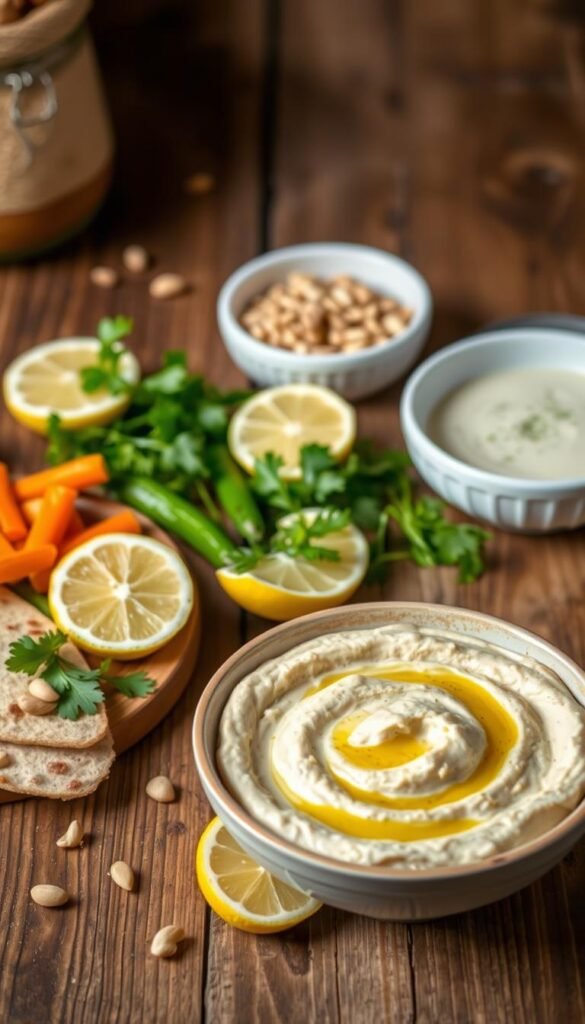
Incorporating into Meals
Hummus is versatile and can be used in many dishes. Here are some ideas:
As a Spread
Use hummus as a spread on sandwiches or wraps. It adds creaminess and nutrition.
As a Sauce Base
Thin out your hummus with water or lemon juice. It makes a great sauce for grilled meats or vegetables.
Storing and Preserving Your Hummus
Now that you’ve made your delicious roasted butternut squash hummus, let’s talk about how to keep it fresh. Proper storage is key to keeping its flavor and texture.
Refrigeration Tips
Refrigerating your hummus is the most common way to keep it fresh. You need to pick the right container and know how long it lasts.
Container Selection
Choose an airtight container to keep air out. This helps your hummus stay fresh longer. Glass containers with tight-fitting lids work best.
Shelf Life Guidelines
Homemade hummus can last up to 5 days in the fridge. Always check for signs of spoilage before eating, like off smells or mold.
Freezing Methods
Freezing is a great way to store hummus for longer. It keeps the taste and texture good.
Portion Control for Freezing
Divide your hummus into smaller portions before freezing. This makes thawing and using what you need easier. Use airtight containers or freezer bags to avoid freezer burn.
Thawing and Reviving Techniques
To thaw, put the hummus in the fridge overnight. If it’s too thick, stir in a bit of water or lemon juice to revive it.
| Storage Method | Duration | Tips |
|---|---|---|
| Refrigeration | Up to 5 days | Use airtight containers |
| Freezing | Up to 3 months | Divide into portions, use airtight containers or freezer bags |
Troubleshooting Common Hummus Problems
Fixing hummus issues is easier than you think. We’ll guide you through common problems and their solutions. Whether it’s texture or flavor, we’ve got you covered.
Texture Issues and Solutions
Texture is key to a great hummus. Let’s tackle some common texture problems and how to solve them.
Too Thick or Too Thin
Too thick? Thin it with water or lemon juice. Too thin? Add chickpeas, tahini, or yogurt for the right consistency.
Grainy Texture Fixes
Grainy texture comes from under-processing or raw ingredients. Process it longer until smooth. Adding tahini or lemon juice can also help.
Flavor Adjustments
Need to tweak your hummus’s flavor? Here are some tips to get it just right.
Balancing Sweetness and Acidity
Too sweet? A squeeze of lemon juice fixes it. Too acidic? A pinch of salt or honey balances it.
Enhancing Bland Hummus
For bland hummus, add more garlic, spices, or herbs. Roasted ingredients bring a rich flavor.
| Issue | Solution |
|---|---|
| Too Thick | Add water or lemon juice |
| Too Thin | Add chickpeas, tahini, or yogurt |
| Grainy Texture | Process longer, add tahini or lemon juice |
| Too Sweet | Add lemon juice |
| Too Acidic | Add salt or honey |
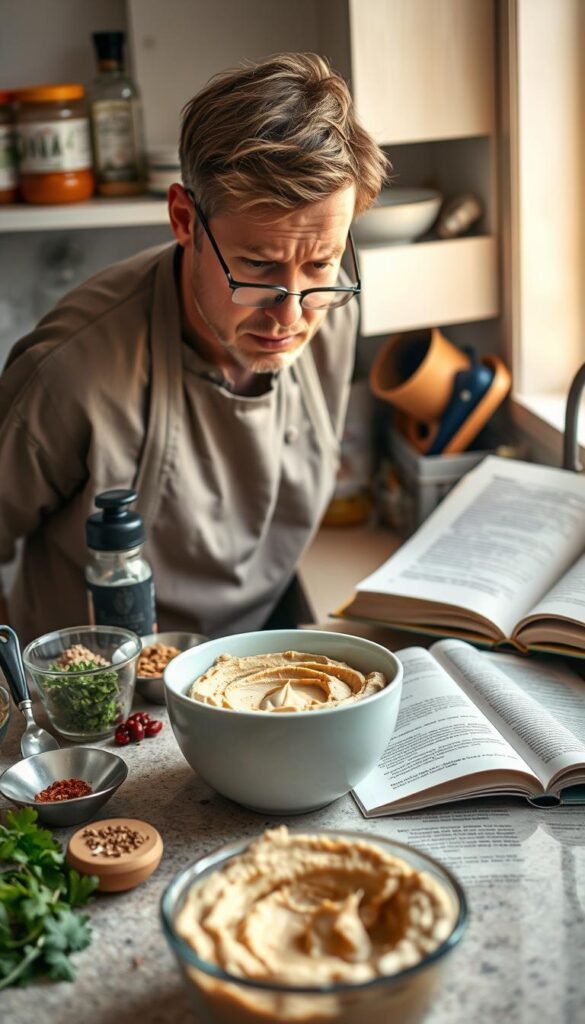
Nutritional Information and Dietary Considerations
Knowing the nutritional value of Roasted Butternut Squash Hummus is key for good dietary choices. It’s not just tasty but also packed with nutrients, fitting many dietary needs.
Calorie and Macronutrient Breakdown
A serving of Roasted Butternut Squash Hummus has about 150-200 calories. It has healthy fats from tahini and olive oil, protein from chickpeas, and complex carbs from squash and chickpeas. This mix makes it a filling snack or appetizer.
Adaptations for Special Diets
This hummus is great for many special diets. Let’s see how it fits different dietary needs.
Vegan and Vegetarian
Roasted Butternut Squash Hummus is perfect for vegans and vegetarians. Just make sure the tahini and other packaged items don’t have animal products.
Gluten-Free Considerations
This hummus is gluten-free, great for those with gluten issues. But, always check that the chickpeas and tahini are gluten-free.
Low-Fat Modifications
For a lighter version, cut down on tahini or skip the olive oil. You can also use low-fat tahini or mix it with Greek yogurt.
Health Benefits of Key Ingredients
The ingredients in Roasted Butternut Squash Hummus are full of health perks. Butternut squash is loaded with vitamin A and fiber. Chickpeas add protein and more fiber. Tahini brings healthy fats, and garlic has antioxidants. These all combine to make a dip that’s good for you.
Conclusion
You now have a delicious and healthy recipe to add to your wellness lifestyle. Roasted Butternut Squash Hummus is a tasty twist on a classic dip. It’s packed with nutrients and flavor.
By incorporating this recipe into your daily routine, you’re taking a step towards a balanced diet. This leads to a healthier you.
To recap, we’ve explored the benefits of using butternut squash in hummus. It’s rich in nutrients and adds great flavor. We’ve also shown you how to prepare Roasted Butternut Squash Hummus.
This includes selecting the perfect squash, adjusting the consistency, and seasoning. It’s a step-by-step guide.
As you continue on your wellness journey, we encourage you to try different flavor variations. Add-ins can make your hummus exciting. Roasted Butternut Squash Hummus is versatile and healthy.
Make it a part of your healthy habits. Enjoy the rewards of a nourishing lifestyle.


